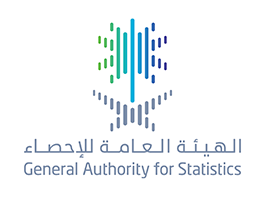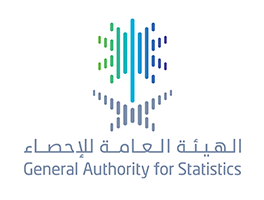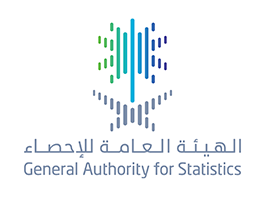GASTAT: Saudis’ Unemployment Rate Decreases During the fourth Quarter of 2018 Compared to the Previous Quarter
01-04-2019
GASTAT releases the Labour Market Bulletin, Quarter (4) 2018
GASTAT: Saudis’ Unemployment Rate Decreases During the fourth Quarter of 2018 Compared to the Previous Quarter
On Sunday Rajab 24th, 1440H. (corresponding to March 31st, 2018) GASTAT released the Labour Market Bulletin for the fourth quarter of 2018 on its official website (www.stats.gov.sa). The bulletin is based on the estimates of the Labour Force Survey that is conducted by GASTAT on a quarterly basis as well as the labour market data from the administrative records available at the related entities (Ministry of Labour and Social Development, Ministry of Civil Affairs, General Organization for Social Insurance, Human Resources Development Fund, and National Information Center).
The results of the 2018 fourth quarter bulletin, based on the estimates of the Labour Force Survey, showed a decrease in the total unemployment rate of Saudis (15 years and above) reaching (12.7%) compared to (12.8%) in the previous quarter. The Saudi males’ unemployment rate reached (6.6%), whereas the unemployment rate of Saudi females reached (32.5%) in the fourth quarter of 2018. The unemployment rate for the total population (15 years and above) stabilized at (6.0%) in the fourth quarter of 2018.
The results of the survey also showed that the economic participation rate of total Saudis (15 years and above) reached (42.0%) in the fourth quarter of 2018. The economic participation rate reached (20.2%) among Saudi females, and (63.0%) among Saudi males in the fourth quarter of 2018. Also, the bulletin indicated that the total employed Saudis (males and females) reached (3,111,199) based on the data of the administrative records.
According to the results of the bulletin and based on the data of the Ministry of Civil Service (Jadarah and Sa’ed) and the data from the Human Resources Development Fund (Taqat), the total number of Saudi job seekers reached (970.229) in the fourth quarter of 2018.
GASTAT has defined jobseekers as Saudi individuals (males and females) registered in job seeking programs of the Ministry of Civil Service (Jadarh and Sa’ed) as well as Human Resources Development Fund (Taqat) where they entered their personal data, qualifications, experiences, and CVs electronically. Jobseekers included in the administrative records are not subjected to the internationally recognized criteria and conditions of the International Labor Organization (ILO); hence, not all of them are considered unemployed individuals. Therefore, not every job seeker is an unemployed individual; they may be looking for a work while still working in another job, as in the case of job seekers in the government sector where they work for their own business and not registered as employees in the governmental administrative records (Civil Service, Social Insurance, commercial registers, and municipal licenses) .







